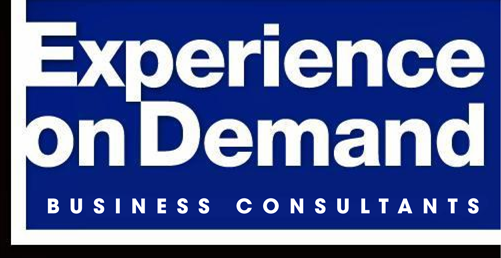
Networking is a tricky business strategy. It’s a long process and it’s hard to know just how much business you’re getting out of it, but when done well it can yield a great return in business.
While measuring your return on investment is more straightforward with advertising and outreach campaigns, networking is much harder to measure. It’s particularly difficult to measure because it’s more an investment in time than it is money.
It’s a long term time investment because networking is all about building relationships that lead to business through referrals and referral partners.
The key to understanding your ROI on networking is to first break down the ROI formula:
ROI = (Gain from Investment – Cost of Investment) / Cost of Investment
The Cost of Networking
The cost of your investment includes all of the expenses from networking, which can include:
- The hourly costs for yourself or an employee attending networking events
- Networking group membership dues
- Cost of gas mileage or public transportation to get to networking events or one-on-one meetings
- Cost of food and/or drinks during networking
When considering these costs, it’s important to consider the frequency with which you are networking. Remember, this is more of a time investment than a fiscal investment. The best way to get an idea for how much time you’re investing is to track the hours you spend networking and multiply it by yours/your employee’s hourly rate.
The Gains from Networking
The gains from networking are a little more difficult to measure because the results happen over time. However, the most measurable way to track the gains from networking for the purposes of calculating ROI is to track:
- Business dollars gained from referrals (people who have done business with you as a result of a networking connection)
- Business dollars gained from referral partners (people who regularly send business your way)
When considering these gains, it’s important to note that connections can continue to bring you business dollars long after you’ve connected with them. A connection you made from years ago from networking could be sending you business now– that’s an investment that’s grown with time.
Using the ROI Equation for Your Networking
You might already know that when you first start networking in a new area, a new market, or a new community, it can take some time before you see results. Relationships take time to build, so the business returns can too. But once those relationships are created, the flow of business becomes more steady. That’s why it’s important to calculate ROI over a longer period of time than you would for most other forms of marketing or advertising endeavors.
Here’s a template you can use:
(Business dollars from referrals over one year – Cost of networking over one year)
–––––––––––––––––––––––––––––––––––––––––––––––––––––––––––––––––
Cost of networking over one year
The higher the number, the better the ROI. If it’s a negative number, you’re spending more on your networking than you’re gaining back. If that’s the case, it may be time to reassess the business relationships you’re building.
Conclusion
By using this method of measuring ROI, you can learn a lot about your networking. You can learn which networking groups bring you the most business, but more importantly, you can learn which relationships bring you the most business. Focusing on and investing in those most lucrative relationships are key to increasing your ROI.
Do you want more answers about networking for your business? Contact Experience on Demand for expert advice.

